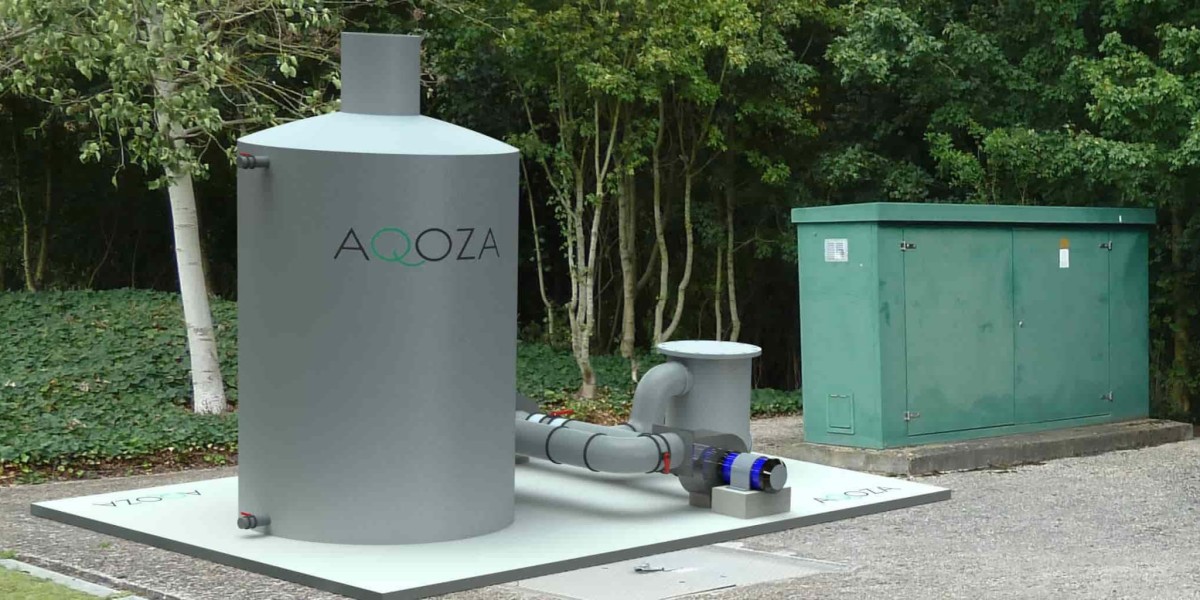These odours can be a nuisance for nearby residents and can even pose health risks. This article explores Odour Control in Wastewater Treatment and the systems designed to manage these smells effectively.
What Causes Odours in Wastewater?
Before diving into odour control systems, it's important to understand what causes odours in wastewater. As organic materials break down, they release gases such as hydrogen sulfide, ammonia, and methane. These gases can produce strong, unpleasant smells that are not only offensive but can also indicate the presence of harmful substances.
The Importance of Odour Control
Odour control in wastewater treatment is crucial for several reasons:
- Public Health: Uncontrolled odours can lead to health problems, including respiratory issues and headaches. Proper odour management helps ensure community well-being.
- Quality of Life: Strong odours can significantly affect the quality of life for people living near treatment facilities. Effective odour control measures help reduce complaints and improve community relations.
- Regulatory Compliance: Many countries have regulations regarding odour emissions from wastewater treatment plants. Implementing effective odour control systems ensures compliance with these laws, avoiding fines and penalties.
Common Odour Control Systems
There are several odour control systems employed in wastewater treatment. Each system has its own strengths and applications, depending on the specific needs of the facility.
- Chemical Scrubbing
Chemical scrubbing involves using chemical solutions to neutralize odorous gases. In this process, odorous air is passed through a scrubber filled with a liquid that absorbs or reacts with the gases. This method is effective for removing specific odours, particularly hydrogen sulfide.
- Activated Carbon Adsorption
Activated carbon is a popular method for odour control. In this system, odorous air is passed through a bed of activated carbon, which adsorbs the odorous compounds. This method is effective for a wide range of odours and is often used in combination with other systems for enhanced efficiency.
- Biological Treatment
Biological Odour Control Systems use microorganisms to break down odorous compounds. These systems can be highly effective, as they leverage natural processes to eliminate smells. Biofilters, for example, use a bed of organic material where bacteria break down odorous substances as air passes through.
- Ozone Treatment
Ozone is a powerful oxidizing agent that can effectively neutralize odours. In this system, ozone is generated and injected into the odorous air stream, where it reacts with the odorous compounds, breaking them down into less harmful substances. While effective, ozone treatment requires careful handling due to its potential health risks.
- Ventilation and Exhaust Systems
Sometimes, simply improving ventilation and exhaust systems can help control odours. By enhancing airflow and ensuring that odorous air is quickly removed from treatment areas, facilities can reduce the concentration of smells in the surrounding environment.
Best Practices for Odour Control
Implementing an effective odour control system requires a combination of strategies. Here are some best practices:
- Regular Monitoring: Continuous monitoring of odour levels can help identify issues early. Using sensors to detect odorous compounds allows facilities to respond quickly to rising levels.
- Routine Maintenance: Keeping equipment in good condition is vital for effective odour control. Regular maintenance of scrubbing and filtration systems ensures they operate efficiently.
- Community Engagement: Engaging with the local community can help build trust and keep residents informed about odour control efforts. Open communication about challenges and solutions can reduce complaints.
- Comprehensive Planning: When designing a new wastewater treatment facility or upgrading an existing one, it's essential to incorporate odour control measures from the beginning. A well-planned system will be more effective and cost-efficient in the long run.
Conclusion
Odour control in wastewater treatment is a critical aspect of environmental management. By understanding the sources of odours and implementing effective odour control systems, facilities can protect public health, improve community relations, and comply with regulations. Whether using chemical scrubbing, activated carbon adsorption, biological treatment, ozone treatment, or enhanced ventilation, the goal is the same: to create a cleaner, healthier environment for everyone.
By prioritizing odour control, we not only enhance the quality of life for those living near wastewater treatment facilities but also contribute to a more sustainable future.








